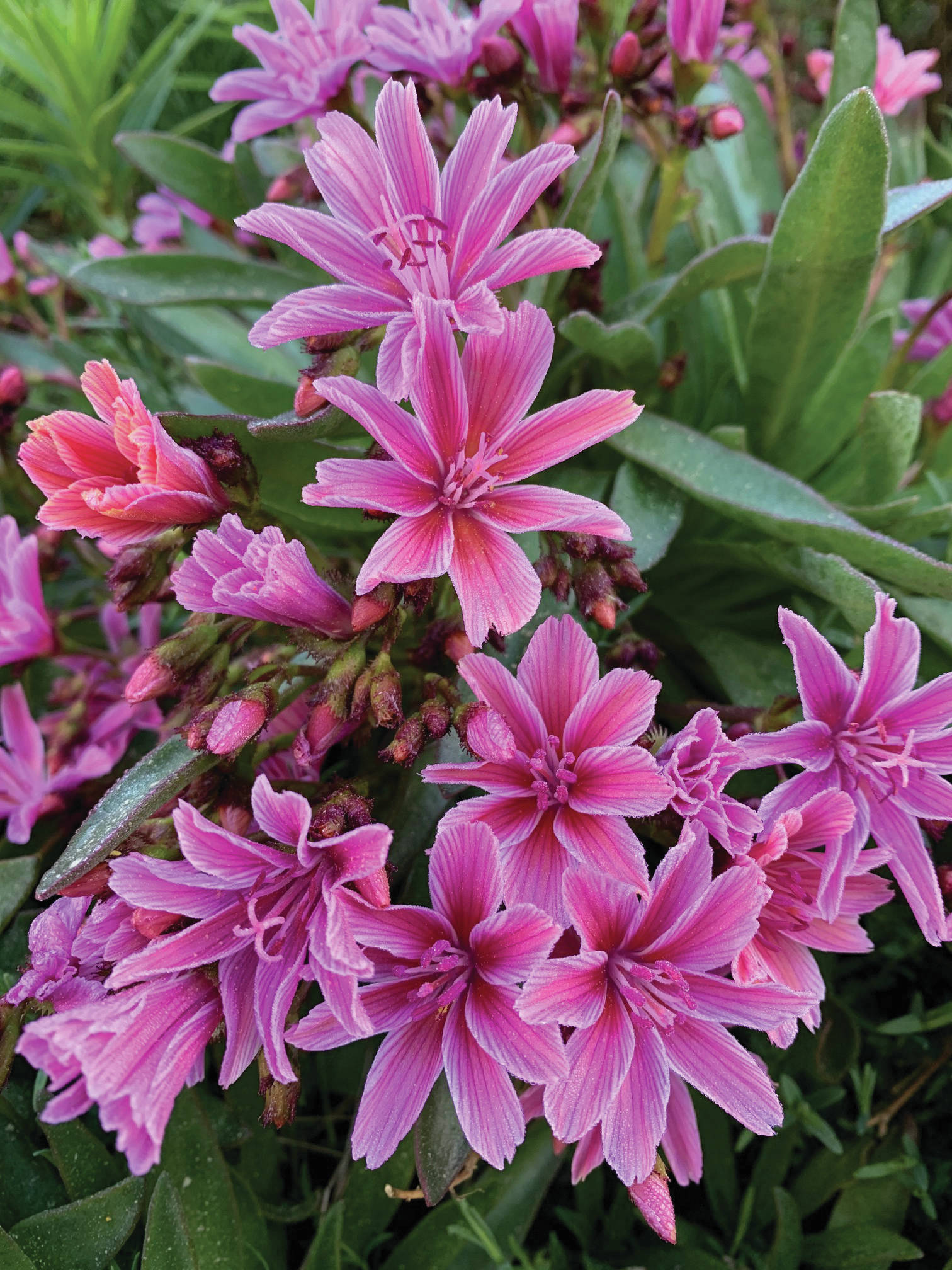The vegetable garden is suffering and I don’t know why. You would think that with over 45 years of gardening experience here in the Far North this wouldn’t be happening. But here it is. Could it be my attitude? Social distancing is certainly not my forte and I am chaffing — and eating anything that resembles a carbohydrate. But how would my vegetable starts know anything about COVID-19 or our exploding country, or the solace to be found in a well-made cookie accompanied by a cup of tea? Well, I think this is all connected.
At first I blamed cut worms for destroying the purple cabbage, even though I had lightly sprinkled Sluggo Plus to ward them off. But once I started digging around, none were to be found, nor were there any cut off starts. Nothing. So then I blamed the soil for being too wet when I planted. But I know about wet soil; this would be a very foolish mistake that I made a million years ago and just can’t imagine myself repeating.
Then I uncovered the rest of the cole crops and things aren’t looking much better for them. These are the main vegetable crops. This is what goes into the freezer and we depend on all winter long.
So I channeled the late great Toby Tyler. He planted cole crops from seed directly in the ground at 10-day intervals. He had lovely harvests. But my answer is twofold: 1) I beat a hasty path to our very excellent local nurseries and bought a few starts. 2) I started more from seed in the greenhouse.
Next the challenge was to plant the purchased seedlings with my survivors. Well, there you go. Mine are huge, 15 inches, and ready to face the elements and root maggot infestation without any floating row cover and the introduced plants are just teeny tiny in comparison. Rats. The new plants are now all stuffed into one bed, another action I have been avoiding — overcrowding. I think by the time the seeds that I just planted will be large enough to go in the threat of weather and root maggots will be long gone and I can fit them in wherever. My goodness.
The thing about floating row cover is the cole crops do not want to be too warm. They are cool weather plants. Unfortunately the fly that lays the eggs that become root maggots is also a lover of cool weather. And there are two hatchings. So figure that one out. If your broccoli is too warm it will “button,” just like spinach will bolt. So you need to pay attention to what is going on under the cover.
Fortunately there are some pluses out there. I bought two, that’s right — two, seed potatoes. I’ve had enough of not successfully storing root crops. I cut them into pieces and they are all up. Nothing like potatoes. The Bolero carrots are looking hale and hardy. I’m all about these carrots. Not only are they excellent fresh, but they store like a dream (in the correct conditions). Last year’s are all gone and we’re missing them, but then we get to look forward to the new crop.
Spinach, chard, peas are all looking excellent. We are eating lettuce out of the greenhouse and tossing in big handfuls of sorrel from outside. The radishes are all gone from the greenhouse but they are coming on outside. I have been faithful planting four lettuce seeds in a four pack every ten days. Once they are up and running I plant them out. Then a short row of radish every 10 days. Really, along with the sorrel, chard and spinach we have salads covered.
Everyone in this town needs to be planting garlic. Homer could become the “Garlic Capitol of the World” and give Gilroy, California a run for its money. People, this is a cash crop.
There are two kinds of onions out there, Patterson and Red Wing. When harvested they actually look like onions, meaning they are sizable. I plant just enough to see us through until the Texas sweet onions come on the market. Leeks are another winner, very easy to grow but mine never really make size. I have been given growing tips but I’m still falling short. Shallots. Why oh why don’t you grow your own shallots? Except for the fall planted garlic, the rest of these are started from seed early March. From seed. Really.
Let’s move on to the greenhouse. These structures are a lot of work but you just can’t beat your own tomatoes, cucumbers and basil. I also have four green bean plants in there. I know they do just fine outside with extra protection but they go crazy in the greenhouse. I wanted to cut down to three tomato plants this year but the “grands” couldn’t agree on which three so it ended up being four.
The perennial beds are looking good. Nothing like an established garden, even if it did take almost a hundred years to be able to say that. The need for annuals is becoming less and less every year and every year I start way too many. I’ll be sure to write myself a note for next year.
We took a walk on the Eveline Trail out East End Road so we can be on top of the wildflower bloom season. Zillions of chocolate lilies are in bud along with cranesbill and false hellebore. This state is one big bog so find a wet spot near you and take a look. There should even be some orchids. Get out there.
Rosemary Fitzpatrick is a longtime Homer gardener and has been writing Kachemak Gardener since 1990.


